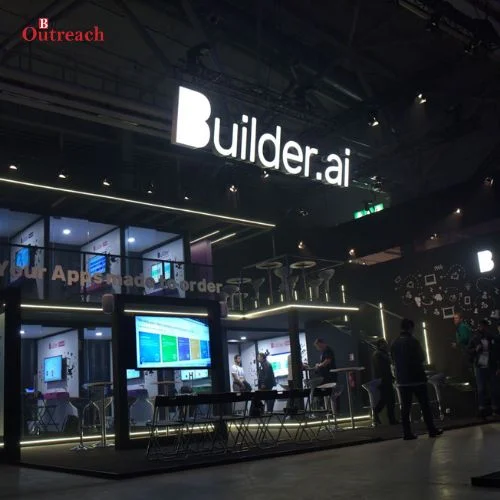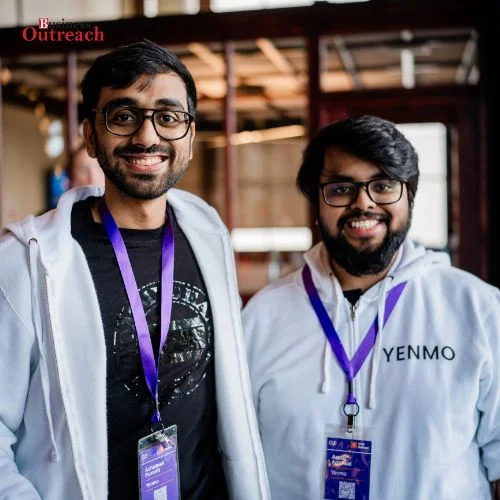Nearly all company owners have read The Success Story of Starbucks to gain inspiration and knowledge. However, to truly get motivated, it is more beneficial to study the underlying lessons that the owner(s) learned that led to the business’s success than the story of the business’s expansion.
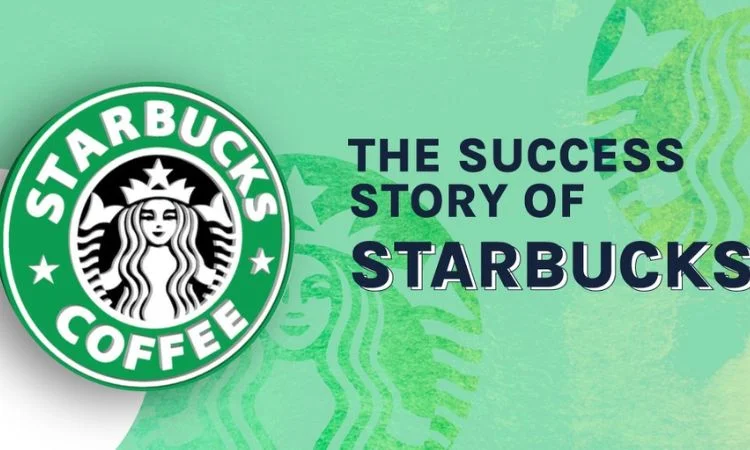
Source: Linkedin
When Starbucks first announced it would be entering the Indian market in 2012, many were skeptical that the massive coffee chain would have trouble making a profit. India appeared to be a difficult market for a luxury brand like Starbucks because of its reputation as a price-sensitive consumer base. Nevertheless, Starbucks not only succeeded in India despite all difficulties but also exceeded expectations. Their strategic alliance with visionary businessman Ratan Tata is the key to their success.
History of Starbucks India
As 50:50 joint partners, Starbucks Corporation and TATA Global Beverages opened their first location in Mumbai, India, in October 2012. Unfortunately, because of its brand, the largest coffee shop in the world was given the moniker “Tata Starbucks” and elevated to an aspirational position. Next, the phenomenal growth rate in India fueled the success of the Starbucks brand.
In an interview, John Culver, the president of Starbucks, reportedly stated, “Indian customers, with support of Tata coffee, are the reason behind the success in India.” Starbucks has about 28,000 locations in 75 regions, with one of those locations being in India. Tata Starbucks responded to an email by saying, “The goal of coffee shops is not just to sell coffees across India, Alternatively, it’s a location where individuals from all walks of life are accepted and encouraged to interact with coffee’s flavor.
Origins of Starbucks
Gordon Bowker, Zev Siegl, and Jerry Baldwin are the three friends who established Starbucks. They created a location where people could enjoy the best coffee beans in a comfortable setting, drawing inspiration from coffee-roasting entrepreneur Alfred Peet. They introduced Seattle to the craft of dark-roasted coffee when they launched their first location in Pike Place Market.
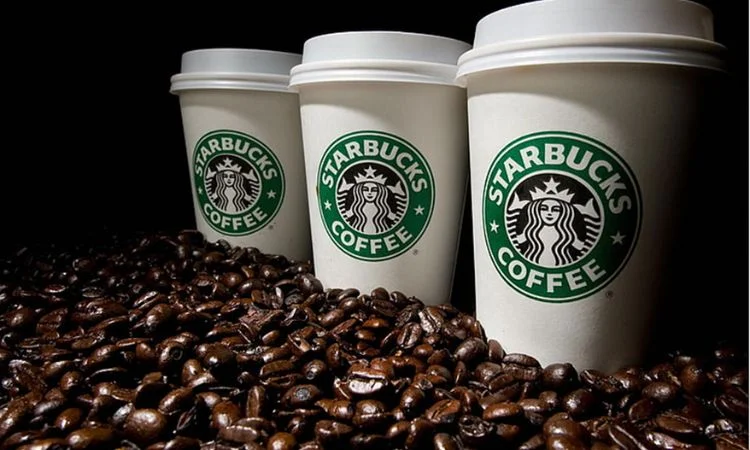
Source: Wallpaper Flare
From Coffee Bean to Iconic Brand
Starbucks did not become well-known overnight. Years of tenacity and trial and error were needed to hone their skill. The pivotal moment occurred in 1982 when Howard Schultz, drawn to Italy’s coffee culture, accepted a position as Director of Retail Operations and Marketing at Starbucks. His goal was to build a community hub that revolved around the coffee experience rather than just selling coffee beans.
Starbucks Success- Heading into Expansion
Starbucks launched a bold expansion plan under Schultz’s direction. They focused on comfort, aesthetics, and ambiance to create a unique feel at each store. Customers responded well to this strategy, and Starbucks quickly established a reputation for serving high-quality coffee in welcoming environments. By the end of the 1980s, Starbucks had opened locations in Chicago and Vancouver in addition to Seattle.
- Recognizing the Indian Opportunity
It’s important to grasp Starbucks’ reasoning for choosing India as its destination before trying to understand how it took over the Indian market. With its enormous population, rapid economic expansion, rising per capita income, and lax regulations, India presented a wide range of opportunities. Given that Indian consumers are drawn to relatable, relevant, and aspirational brands, Starbucks saw an opportunity to market its products there. Starbucks was ready to take the stage.
- The Need for a Joint Venture
Even so great a brand like Starbucks faced its own set of challenges when it came to breaking into the Indian market. It might be challenging for foreign businesses to comprehend the particular needs and preferences of Indian clients. Acknowledging this, Starbucks partnered with TATA, a well-known Indian company that has a deep grasp of regional markets and customer trends. Starbucks was also able to lessen the risks involved in entering an emerging market thanks to the partnership.
- The Synergies Unleashed
For both businesses, the combined venture between Starbucks and TATA turned out to be revolutionary. Starbucks got significant insights into the behavior of Indian customers and the local business climate, in addition to sharing the risks and expenses associated with entering the Indian market. TATA, however, entered the quick-service restaurant (QSR) market and emerged as a major player, disrupting the market.
- Innovations and Adaptations
Starbucks kept coming up with new ideas as it expanded. By introducing the Starbucks Card, they transformed payment options and increased consumption. Another significant achievement for Starbucks was the introduction of caffeine in 1995, which targeted to warmer climates and increased its appeal beyond regular coffee drinkers. Starbucks also embraced technology by releasing a smartphone app that made it simple for users to place ahead of time orders and earn incentives.
- Weathering Challenges
Even with its incredible success, Starbucks wasn’t without difficulties. Due to a decrease in consumer spending brought on by the 2008 global economic recession, Starbucks was forced to close its locations and reassess its business plans. Furthermore, concerns about Starbucks’ labor methods and environmental impact emerged, endangering the company’s brand. In response, Starbucks launched programs to cut waste and assist coffee growers while confirming its dedication to sustainability and social responsibility.
Secret of Success of Starbucks in India
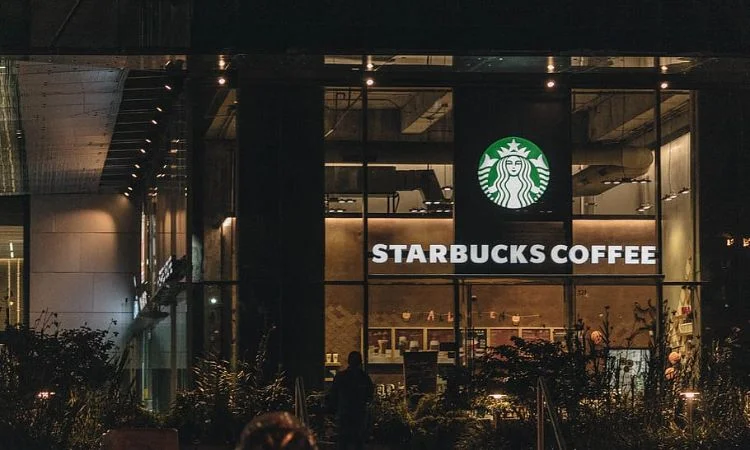
Source: Wallpaper Flare
According to a survey, the majority of Indians hang out with friends and family at cafés for about forty-five minutes. This had a major impact on the embracing of the coffee shop. Additionally, the infrastructure enhances attractiveness. For instance, the Starbucks location in Connaught Place in New Delhi features ropes and mats throughout, in addition to artwork painted on the walls.
Another instance is the Pune store, which features a well-planned infrastructure with locally appropriate fences and a bountiful display of copper and treasure. This was Starbucks’ first covertly achieved success. Starbucks also employed premium pricing, well-designed store layouts, and menus that appealed to the preferences of its customers.
In India, this approach has grabbed the lead and is quite effective. In light of this, Starbucks celebrated the #Starbucks100 campaign in 2017 as it reached the 5-year mark in India. People used to wait in line for hours to try the 100 INR Frappuccino, which Starbucks introduced as part of its Starbucks 100 promotion. The goal of this campaign was to evoke in individuals the same sense of flavor and excitement that they had in 2012.
Starbucks used social media tactics, posted on social media to increase its reach, and subscribed to newsletters and blogs such as Buzzfeed India, LBB, and others to improve the campaign’s effectiveness. Since young people were their target market, they invited well-known social media influencers to advertise and link to their deals on each page. These aided in spreading awareness of their campaign a lot, and so with flying colors, they succeeded in the #Starbucks100 campaign.
| Year | Revenue |
| 2014 | 16.45 B |
| 2015 | 19.16 B |
| 2016 | 21.32 B |
| 2017 | 22.39 B |
| 2018 | 24.72 B |
| 2019 | 26.51 B |
| 2020 | 23.52 B |
| 2021 | 29.06 B |
| 2022 | 32.25 B |
| 2023 | 35.98 B |
How has Starbucks successfully entered new markets in India?
Experimentation
Starbucks constantly seeks creative methods to showcase, roast, and preserve its products. The company’s bold move depends entirely on its continued experimentation in creating an exceptional Starbucks experience. This may also be regarded as Starbucks’ success formula.
Customer Relationships
Starbucks prioritized maintaining ties with current customers above cultivating new ones to increase its fan base. The brand promotes more influence on customers.
Building a Solid Social Media Network
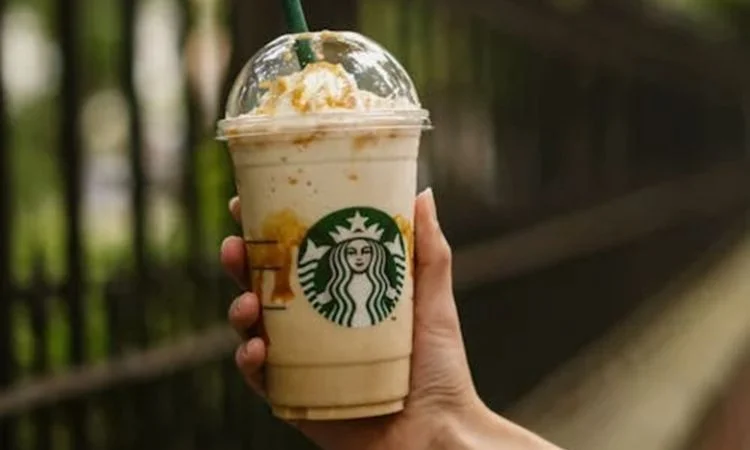
Source: Wallpaper Flare
Their primary strategy was to share content on Twitter, Facebook, Instagram, Pinterest, and other social media platforms. They also continued to increase brand awareness. Starbucks locations communicate online, emphasizing the value of providing excellent customer service.
Economic Resources
India is one of Starbucks’ top five markets, and the company benefits from investments, market prospects, and expansion thanks to the country’s enormous financial support. It’s a unique thought of a joint venture with Tata Global beverages, supported by Starbucks corporation a lot.
Infrastructure and taste quality improvements were key components of Starbucks’ success. Starbucks offered sandwiches, sweets, and other drinks in addition to coffee. Fast and free WiFi is available at the business, and patrons are made to feel welcome. The patron uses their phone for extended periods in the cafe while sipping their coffee.
Conclusion
Effectiveness depends greatly on preparation, and patience is just as crucial as preparation. Don’t let failure depress you if it happens frequently. Simply develop new strategies and execute them with confidence. Reach the right audience, win over customers’ confidence, and increase brand awareness. Dedication to social media strategies, including consistent publishing and updating of offers and events, is essential. Starbucks’ successful reputation as an innovator in the coffee business is unmatched even as it expands and changes with the times.










